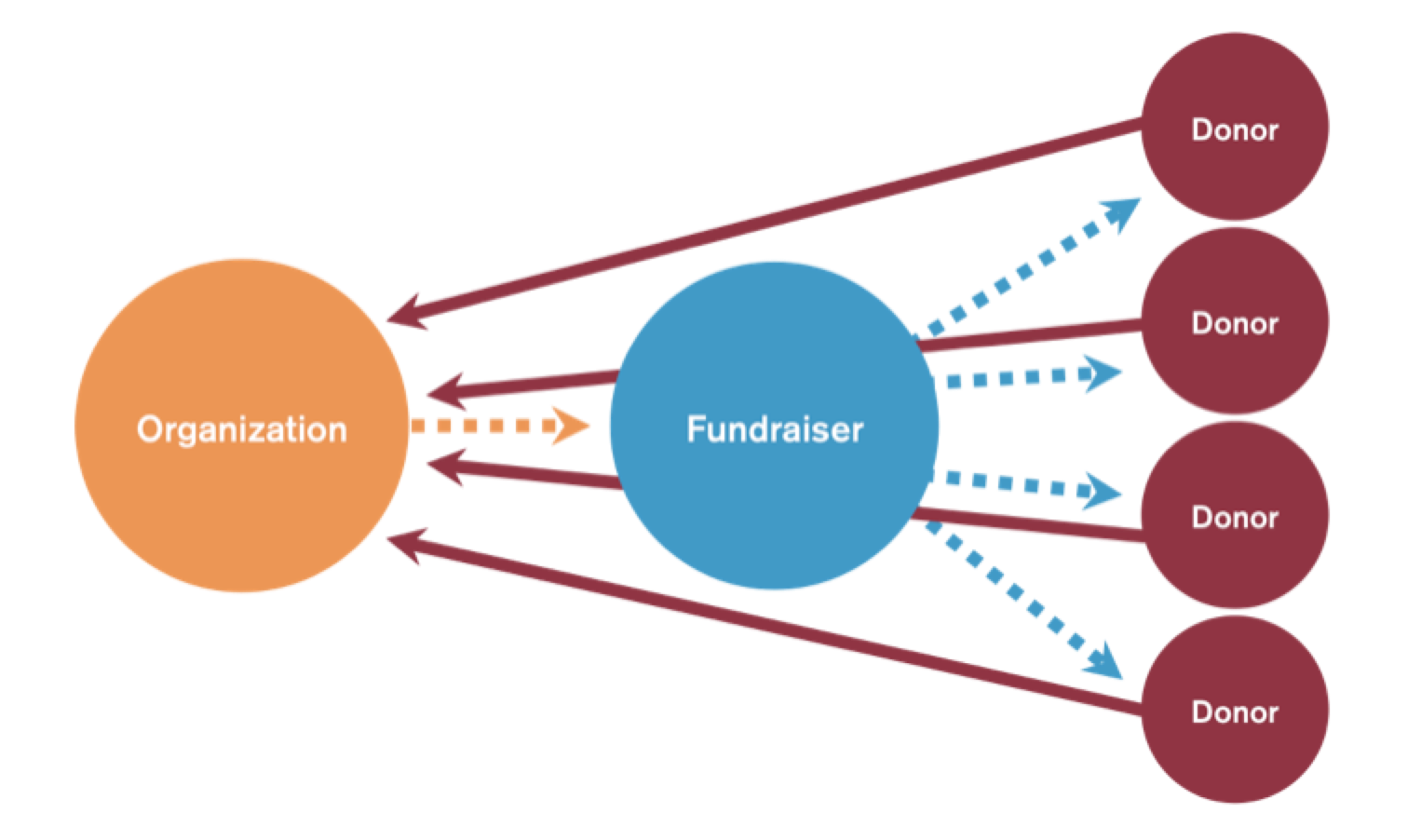Share this
Previous story
← The Single Most Powerful Tool in Fundraising
Next story
The #1 Reason Fundraising Programs Fail →
As the formal start of fall quickly approaches and 2017 planning begins to gear up, we’re having frequent conversations with leaders about their 2016 results. While the verdict on the whole environment is still out, from what we can tell so far the summer peer-to-peer revenue landscape has been kind of a mixed bag: Some groups are growing, some are cooling off, a few are seeing exciting growth, and a few are experiencing truly disturbing declines.
Nearly every phone call starts with this question: “How can we unlock growth in 2017?” And that question is usually followed quickly by, “And is there anything we can do to influence the rest of 2016?”
We have worked with literally thousands of leaders and idealists to create revenue growth. Through that, we’ve learned that one of the fundamental keys is to unlocking growth is to change the way you look at revenue. Often, we find that the idealists we work with view revenue as an input – the driver that powers everything the organization does. And in a general sense, that is true. Revenue is the means to an end.
At the same time, though, revenue is also an output. Revenue doesn’t manifest from thin air. In other words, revenue is the result of a number of other factors coming together.
Think of it this way: An engine powers your car and that power allows you to get from one place to another. The power that the engine creates is an output of any number of factors, including its volume, how much gas you have in the tank, how clean the fuel injectors are, how much sediment there is in the engine, and so forth.
All of our growth-focused engagements start by deconstructing revenue to its component parts. Just like your car requires more maintenance than simply filling it up with gas, a revenue campaign needs regular maintenance. Often your revenue engine isn’t giving you the power you want because one of the components is misaligned or not working at all. In that case, you need to pull apart the factors contributing to revenue, assess them, clean them off, and put them back together.
There are a lot of different ways to do this. In peer-to-peer fundraising, we usually break down an overall campaign into a few major components:

Sometimes we might use a different deconstruction depending upon the size and complexity of the campaign. But the point is, it is almost impossible to “grow revenue” generally. When you break down revenue to its components, though, there are many strategies to help you create growth. For example, sometimes we find acquisition efforts are firing on all cylinders but we’re retaining almost no one year-to-year. In that case, putting in a stewardship program to retain key constituents may be all that is needed. Or, we may find that most participants are fundraising, but are doing so at a level much lower than is normal. In that case, more effective communications and asks can help impact output.
For an interactive example of how this works – and how we can help – take a look at our new ROI calculator. You can enter in your own current numbers and then see a conservative example of how Plenty’s work can generate lift for you. Hopefully it will spark some ideas about how you can influence the key drivers of your campaign. And for a more detailed look at peer-to-peer revenue analysis, stay tuned for a thorough ebook on the same subject coming in a few short weeks.
From our experience and from our recent conversations, one truism is that organizations which have continued to invest in staff, marketing, advice, and training are realizing gains. Investment is a key contributor to growth. The brake makes your car safer, but if you want to get across town, you have to hit the accelerator. Let us know if we can help.
These Related Stories



No Comments Yet
Let us know what you think